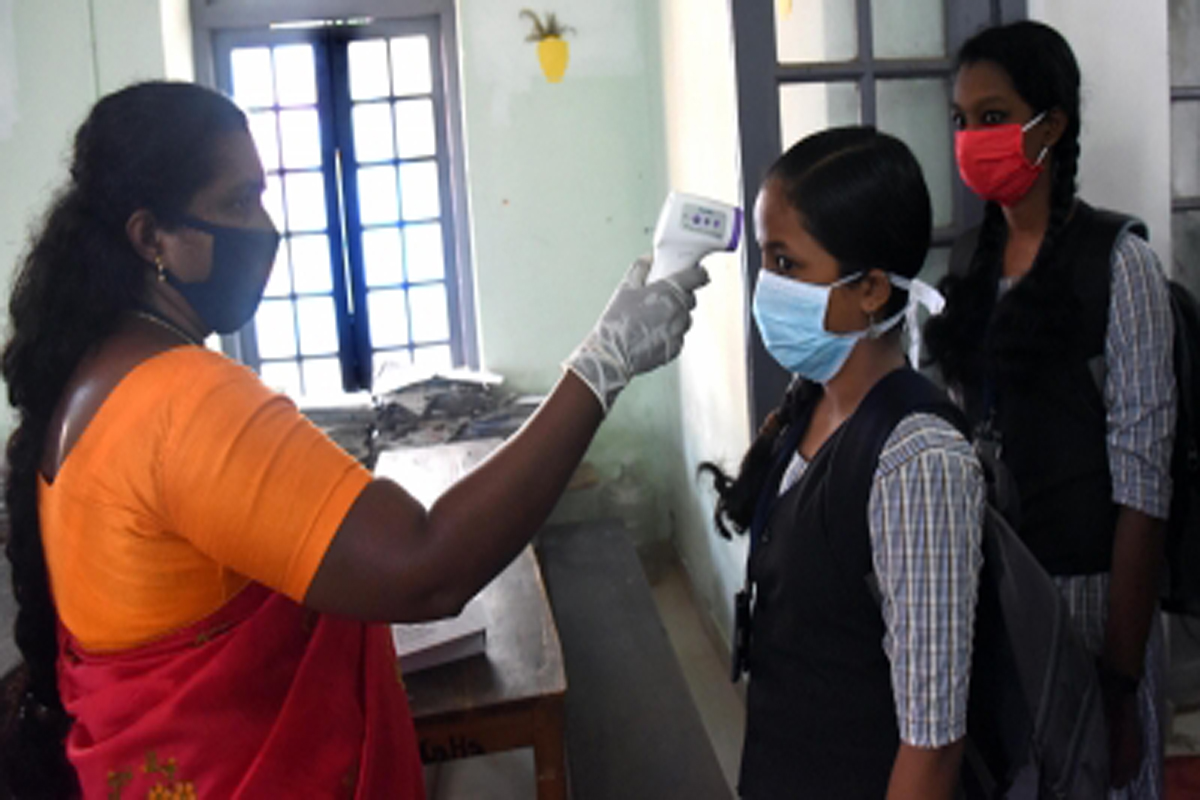Amid a surge in Covid-19 cases, the Centre today advised the states to conduct mock drills of hospital infrastructure on 10-11 April and review the health preparedness with district administrations and health officials on 8-9 April.
“The Centre and states need to continue working in a collaborative spirit as was done during the previous surges for Covid-19 prevention and management,” Union Health Minister Mansukh Mandaviya said at a virtual meeting with state health ministers and principal secretaries/ additional chief secretaries here.
Advertisement
The meeting was called to review the public health preparedness for containment and management of Covid-19 and the progress of the national Covida-19 vaccination campaign in view of the recent increase in cases in some states.
Mandaviya advised the states to be on the alert and ensure all preparedness for Covid-19 management. He also urged the states to identify emerging hotspots by monitoring trends of ILI/SARI cases and sending sufficient samples for testing of Covid-19 and Influenza; and ramping up whole genome sequencing of positive samples.
It was observed that 23 states/UTs had average tests per million below the national average. Mandaviya said that irrespective of the new Covid variants, the five-fold strategy of ‘Test-Track-Treat-Vaccinate & Adherence to Covid Appropriate Behaviour’ continues to remain the tested strategy for the management of the virus. This would facilitate the undertaking of appropriate public health measures, he said.
The states were also requested to expeditiously increase the rate of testing from the current rate of 100 tests per million, as of the week ending 7 April. They were further advised to increase the share of RT-PCR in tests.
The states were briefed that India has been witnessing a steady increase in Covid-19 cases with average daily cases rising to 4,188 in the week ending 7 April from 571 in the week ending 17 March; and weekly positivity up to 3.02 pc in the week ending 7 April. However, 88,503 daily average cases have been reported globally in the same time, with the top five countries contributing 62.6 pc of global cases in the last one week.
The states were further informed that currently the WHO was closely tracking one variant of interest (VOI), XBB.1.5 and six other variants were under monitoring (BQ.1, BA.2.75, CH.1.1, XBB, XBF and XBB.1.16). It was highlighted that while Omicron and its sub-lineages continue to be the predominant variant, most of the assigned variants have little or no significant transmissibility, disease severity or immune escape. The prevalence of XBB.1.16 increased from 21.6 pc in Feb to 35.8 pc in March. However, no evidence of an increase in hospitalisation or mortality has been reported.
The meeting was informed that while India has achieved over 90% coverage of primary vaccination, the coverage of precaution dose was very low. The Centre advised the states to ramp up vaccination of all eligible populations, especially of the elderly and the vulnerable population group.
It was also observed that eight states were reporting a high number of Covid cases in India with 10 or more districts reporting more than 10% positivity in Kerala, Maharashtra and Delhi and over 5 districts reporting more than 5% positivity in the states of Karnataka, Kerala, Maharashtra, Delhi, Himachal Pradesh, Tamil Nadu and Haryana. Mandaviya stressed the importance of enhancing public awareness campaigns regarding adherence to Covid Appropriate Behaviour.











